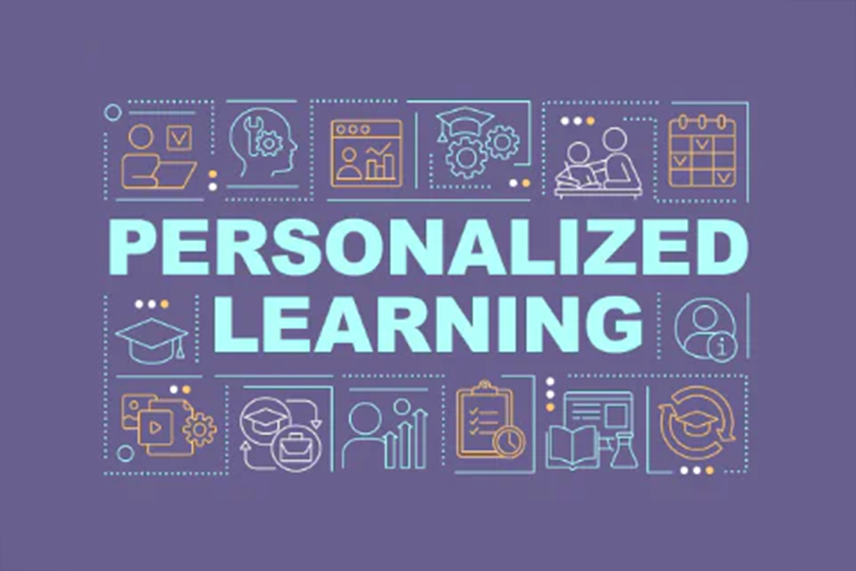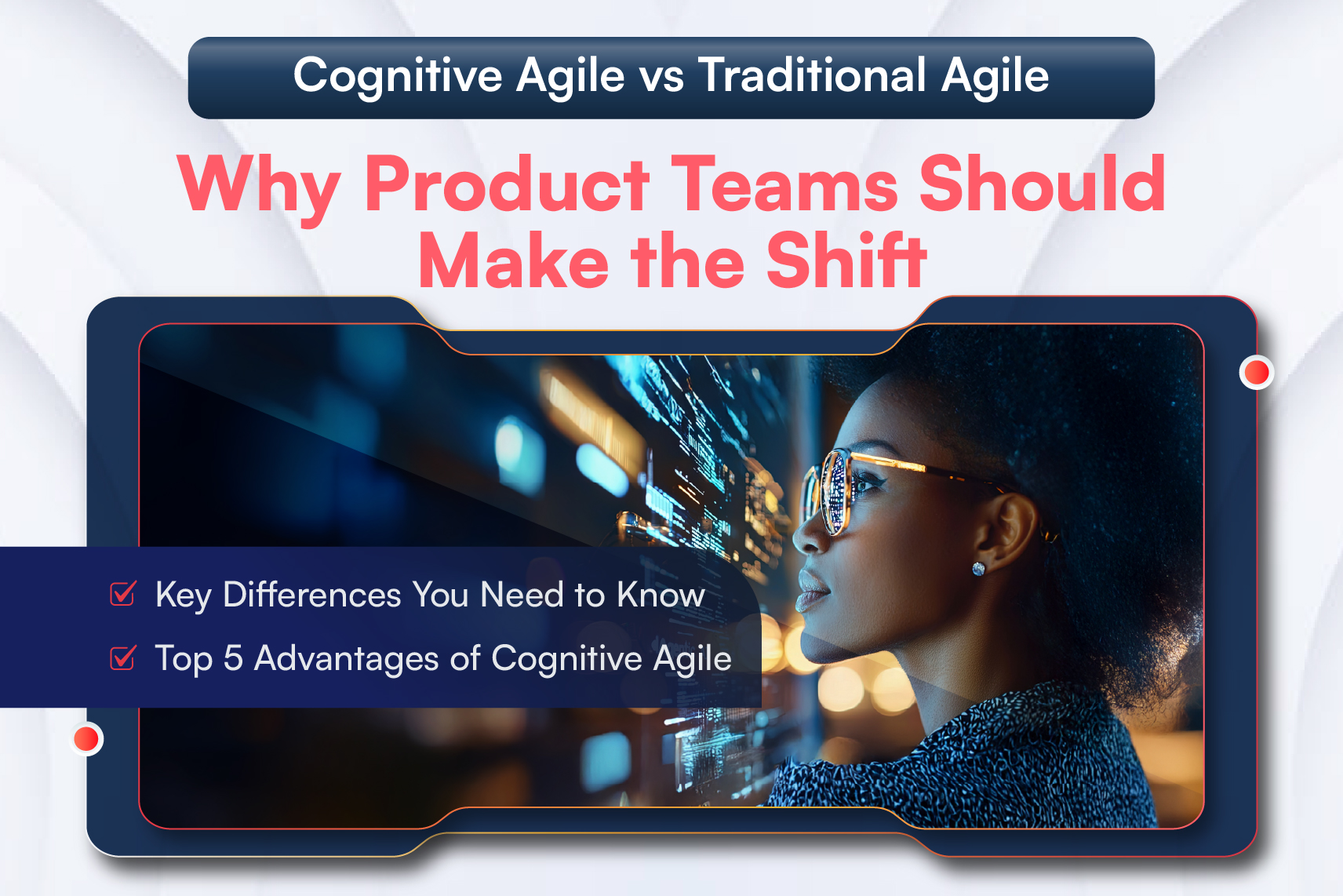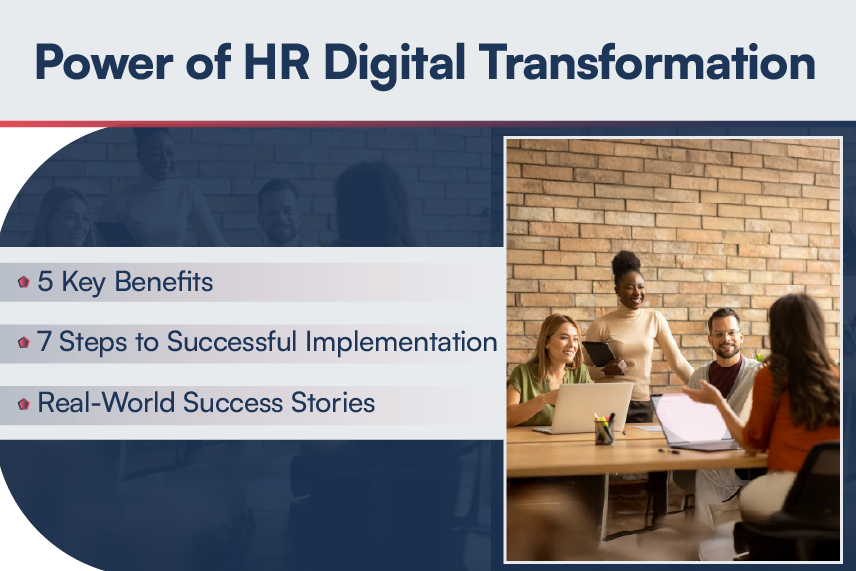
Personalized and adaptive learning is one of the most promising emerging pedagogical approaches to improving student learning, success, and satisfaction. Traditional education has a one-size-fits-all approach where all students are expected to learn at the same pace and in the same way. However, this model fails to take into account the individual learning needs and styles of each student.
Personalized learning and adaptive learning seek to change this scenario by tailoring the learning experiences to each student’s unique needs and abilities.
What is Personalized Learning? What is Adaptive Learning?
Personalized learning is a teaching approach that adapts to the individual needs and abilities of each student. It involves the creation of a learning environment that is tailored to the unique strengths, weaknesses, interests, and learning styles of students. The goal is to ensure that each student is learning at their own pace and in a way that is most effective for them.
Adaptive learning takes personalized learning a step further by using technology to provide real-time feedback and adjust the learning content and experience based on the student’s performance. For instance, an adaptive learning system or software can provide additional resources or explanation to help a student understand a particular concept if they are struggling with it.
10 Benefits of Personalized and Adaptive Learning
1. Increased Engagement
Personalized and adaptive learning can increase engagement by tailoring the learning experiences to the needs and interests of each individual learner. Here are some ways personalized and adaptive learning can help increase engagement:
Individualized learning paths: Personalized learning can help learners feel more engaged by allowing them to choose their own learning path. By tailoring the content and learning pace to their specific needs and interests, learners are more likely to stay engaged and motivated.
Adaptive assessments: They allow learners to stay engaged by providing immediate feedback and adapting to their level of understanding. This helps learners stay motivated as they are able to see their progress in real-time.
Learning analytics: They can enable instructors to identify patterns in student learning and adapt their teaching methods accordingly. By understanding each learner’s strengths and weaknesses, instructors can provide targeted feedback and resources to help learners stay engaged.
Personalized content: By providing learners with personalized content that aligns with their interests, instructors can keep learners engaged and motivated. This can include using real-life examples or case studies that are relevant to the learner’s interest or industry.
Gamification: It can increase engagement by incorporating gamification design elements like leaderboards, badges, and points into the learning experiences. This can help learners feel a sense of achievement and progress, which can motivate them to continue learning.
“According to a study conducted by Carnegie Mellon University, students using personalized learning technology demonstrated an average engagement increase of 10-20% compared to students using traditional instructional methods.”
2. Improved Learning Outcomes
Personalized learning programs and adaptive learning systems allow students to learn more effectively by improving their engagement level. As per a study conducted by the University of Illinois, students using personalized learning technology demonstrated an average improvement of 8-11% in their learning outcomes compared to students using traditional instructional methods.
3. Increased Knowledge Retention

Personalized and adaptive learning can lead to improved retention of information through:
- Individualized learning paths
- Adaptive assessments
- Learning analytics
- Spaced repetition
A study conducted by EdTech Review found that students using personalized learning technology demonstrated a retention rate that was 15-20% higher compared to students using traditional instructional methods.
4. Reduced Achievement Gap
Addressing the strengths and weaknesses of individual learners is the key to reducing the achievement gap. Adaptive learning advances this concept by using technology to continually assess a student’s performance and adjust instruction in real-time based on their needs.
This allows students to work at their own pace, receive immediate feedback, and engage with learning materials that are appropriately challenging for their skill level.
The National Education Policy Center conducted a study where students using personalized learning technology demonstrated a reduction in the achievement gap by 30-40% compared to students using traditional instructional methods.
5. Improved Satisfaction
By tailoring instruction to their unique needs and interests, personalized learning can help students feel more connected to the learning material and motivated to learn. In addition, adaptive learning can provide immediate feedback and support, which can enable students to become more confident and stay in control of their learning.

Moreover, personalized and adaptive learning can help students feel more supported and connected to their teachers. By providing individualized instruction, teachers can develop a stronger relationship with each student, thus building trust and increasing engagement.
A study conducted by EdTech Review found that students using personalized learning technology demonstrated a satisfaction rate that was 20-25% higher compared to students using traditional instructional methods.
6. Improved Academic Outcomes
One of the best ways in which personalized and adaptive learning can improve academic outcomes is by addressing knowledge and skill development gaps. With targeted instruction tailored to the individual needs of each student, personalized learning can enable students to overcome obstacles and make progress in areas where they may have previously struggled.
By implementing personalized learning programs and adaptive learning technologies, institutions can ensure students stay motivated and engaged in their learning. This can also lead to improved academic results over time.
A meta-analysis of studies found that personalized and adaptive learning programs resulted in an average effect size of 0.40 on student achievement, which is considered a moderate to strong effect.
7. Improved Attendance
There has been an improvement in student attendance rate with the deployment of personalized learning programs and adaptive learning systems. This improvement is attributed to the valuable benefits brought by personalized and adaptive learning:
- Custom learning playlists and experiences for students
- Personalized and self-guided learning activities for students
- Flexible classrooms allowing collaboration, communication, and creativity
- Students having a say in their own learning experiences
- Students having control over their own learning environment
- Students having multiple opportunities to show their knowledge
8. Enhanced Student Agency
By enabling students to take control of their own learning, personalized and adaptive learning can increase student autonomy and help them develop a growth mindset. A study conducted by the Harvard Graduate School of Education found that students using personalized learning technology demonstrated a growth mindset, with a significant increase in their self-efficacy and self-directed learning behaviors.
9. Real-Time Feedback
Adaptive learning algorithms can provide real-time feedback to students, helping them identify areas of improvement and allowing them to make progress faster. The University of Texas conducted a study where students using adaptive learning technologies received real-time feedback that was 3-5 times more frequent and more accurate than feedback received through traditional instructional methods.
10. Equity and Accessibility
Personalized and adaptive learning systems have the potential to level the playing field for all students. One of the reasons is that they allow for individualized attention and support for students from different backgrounds and with different abilities. Our comprehensive guide on eLearning accessibility throws light on accessibility compliance, implementation, and revised Section 508, WCAG 2.0, and ADA guidelines. Note that accessibility and diversity, equity, and inclusion (DEI) are important to consider when implementing personalized and adaptive learning.
End Note
Personalized learning programs and adaptive learning systems are revolutionizing the way we approach education. In the years to come, we may see even more exciting developments in personalized and adaptive learning as technology continues to advance.
If you are looking to apply personalized or adaptive learning in your educational institution or organization, or would like to learn more about these concepts, connect with our eLearning experts on contact@harbingergroup.com.






